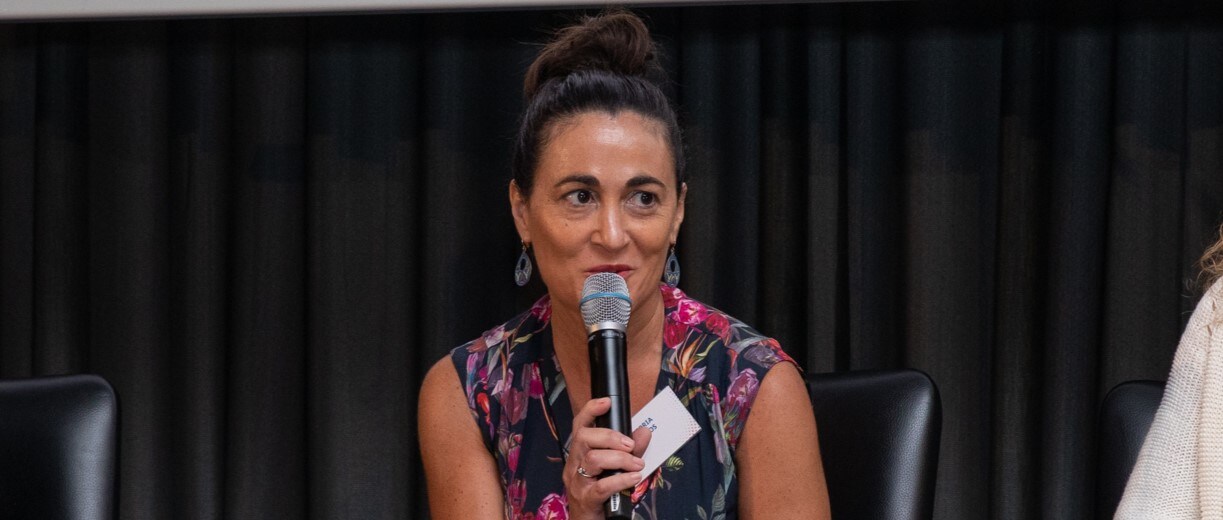3 ways digital tools can help address vascular access complications
“Health organisations must promote a global vascular access strategy with specific actions for reporting, preventing, identifying and quantifying complications,” said Victoria Armenteros-Yeguas, Intravenous Therapy Team Supervisor at the Arab University Hospital in Vitoria-Gasteiz, Spain.
In her presentation at the BD Multidisciplinary Advanced Course on Vascular Access (MACOVA) 2022, Ms Armenteros-Yeguas focused on the need to implement strategies around vascular access complications at every step of the care journey, from the right vascular access selection to clinical outcomes evaluation.
Read on to discover the digitalisation strategy in three key phases presented by Ms Armenteros-Yeguas that you can adopt in your institution to help reduce vascular access complications.
More on this topic: Vascular access complications
1. Digitally supported vascular access device choice
Across the vascular access management pathway, Ms Armenteros-Yeguas pointed out multiple opportunities to bring in digital systems to support vascular access teams.
At the beginning of the pathway, Ms Armenteros-Yeguas provided an example of an algorithm embedded into the electronic patient record at her hospital designed to help nurses choose the correct vascular access device (VAD).
“Selection of the appropriate catheter should happen at the earliest moment, and it’s a collaborative process among the patient and their multidisciplinary healthcare team,” said Ms Armenteros-Yeguas, listing some of the key factors to consider when making this choice:
- Treatment duration
- Device specific indications
- Difficult intravenous access (DIVA)
- Patient preference
- Therapy chemical characteristics, including Ph and osmolarity
In the example she shared, this information was directly entered into the electronic register, allowing the algorithm to suggest the right VAD for the patient.
Similarly, vascular access teams can implement a digital checklist to use during the VAD insertion phase to further standardise the process, including information such as catheter type and length, insertion date, number of lumens, laterality and visualisation method.
“An electronic tool makes it easy, because you have the data close to you,” said Ms Armenteros-Yeguas. “We also have the opportunity to collect information about early complications because the moment of VAD insertion is a critical moment where complications can happen.”
2. Monitor and report vascular access complications
Once the VAD is inserted, all documentation about catheter maintenance should be included in the electronic registration tool, including:
- Aseptic non-touch technique (ANTT)
- Disinfection of exit site and dressing changes
- Flushing the device
- Education and report complications
- VAD removal
- Daily assessment
- Procedures and practice guidelines
- Evaluation of the device
Ms Armenteros-Yeguas gave more examples of these tools, which included weekly care maintenance schedules of the VAD, skin disinfection and device stabilisation.
“Preventing and managing complications requires educational processes including complication monitoring to help identify signs and symptoms. There is a need to develop a specific plan about this,” she said.
One especially important tool in developing such a care plan to monitor VADs and their potential complications is the digitalised versions of support documentation.
At the Arab University Hospital, Ms Armenteros-Yeguas and her colleagues have access to protocols, procedures and clinical practice guidelines directly through their institution’s staff website.
With such a detailed digital footprint of every VAD and their protocols, Ms Armenteros-Yeguas said that when vascular access complications arise, care teams can have direct access to information about what measures to be adopted.
As well, the process of monitoring and reporting complications is directly embedded into the VAD care schedule, encouraging a more standardised system.
More on this topic: Championing best practice vascular access to make a real difference to patients
Become a VAMbassador to get access to the full article
References
- Armenteros-Yeguas V. Building strategies in relation to vascular access complications. Lecture presented at: The 2022 BD Multidisciplinary Advanced Course on Vascular Access (MACOVA); 9 June 2022; Berlin, Germany.
All information in this article is taken from the above reference.
The presentation is made on behalf of BD and contains the opinions, techniques and practices by Victoria Armenteros-Yeguas. The opinions and techniques presented herein are for informational purpose only.
This list of references to third-party peer-reviewed material and the sites they are hosted on are provided for your reference and convenience only, and do not imply any review or endorsement of the material or any association with their operators. The Third-Party References (and the Web sites to which they link) may contain information that is inaccurate, incomplete, or outdated. Your access and use of the Third Party Sites (and any Web sites to which they link) is solely at your own risk.
BD-102290




